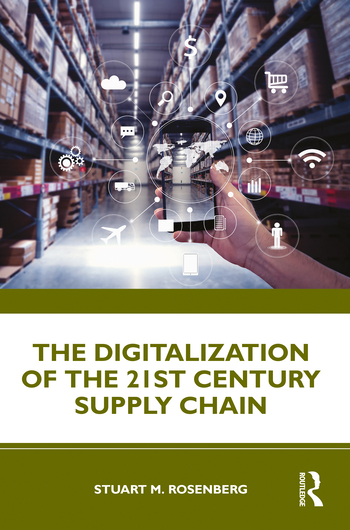Electrical energy is a subject of major concern around the globe. Problems with the electrical power grid in the United States are well known, but at least we have electrical energy readily available virtually any time we want it-for now.
But, the climate consequences of relying on fossil fuels for 70 percent of the nation’s electricity seem increasingly evident. Add to this the increasing cost of electricity generated from fossil fuels-chiefly natural gas and coal. The result is that the importance of electricity generated with nuclear power has increased accordingly. Writing recently inThe Wall Street Journal, Rebecca Smith says today, nuclear plants produce about 20 percent of the nation’s electricity, even though they constitute less than 10 percent of installed capacity.
Nuclear power is exceptionally attractive because of its lack of greenhouse gas emissions and relatively low fuel cost. However, even as the need for a new generation of U.S. nuclear power plants seems self-evident, Smith says the Nuclear Regulatory Commission is logging serious challenges to requests by operators to extend operating licenses for existing plants as opponents have stepped up efforts to force nuclear plants into retirement.
Nuclear is not the only option, of course. Solar is very attractive, but not yet commercially viable. Wind farms are generating kilowatt and megawatt levels of power every day in Europe and the United States. But finding a suitable site for a wind farm can be problematical. For example, last time we checked, a proposal for a major wind farm off the shore of Cape Cod is being blocked by folks with political clout who are crying “not in my back yard.”
In other parts of the world, consumption and production are on an entirely different scale than in the United States and Europe. In Masitala, Malawi, a 39-foot tall windmill is generating power to run 10 6-watt light bulbs, a TV set and a radio. Built by 20-year old and self-taught William Kamkwamba from blue-gum trees and bicycle parts, it’s his third windmill but by no means his last.
Closer to home, a team of 10 students at the Massachusetts Institute of Technology powered a supercomputer for 20 minutes by pedaling stationary bicycles driving generators. They powered a SiCortex SC648 supercomputer with a Linux cluster of 648 CPUs and almost 1 terrabit of main memory. The system only draws 1,200 watts. The team was highlighting the need for sustainable energy supplies, and also competing in an Innovate or Die contest sponsored by Google and a bike company.
Opportunities abound for profitable progress in sustainable energy, whether in watts or megawatts. In a free capitalistic society, innovators and companies will accept the challenge of designing and building the requisite equipment. The question is, will we as Americans face up to the reality that there is no free lunch? Every source of energy comes with some sort of environmental cost, whether it’s greenhouse gases, nuclear waste or a landscape of windmills. Can we come together politically to make the tough choices? Or will we waste time in pointless squabbling? From our perspective, the jury’s out.
Editorial: The Electric Challenge
Looking for a reprint of this article?
From high-res PDFs to custom plaques, order your copy today!






